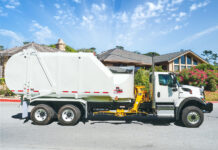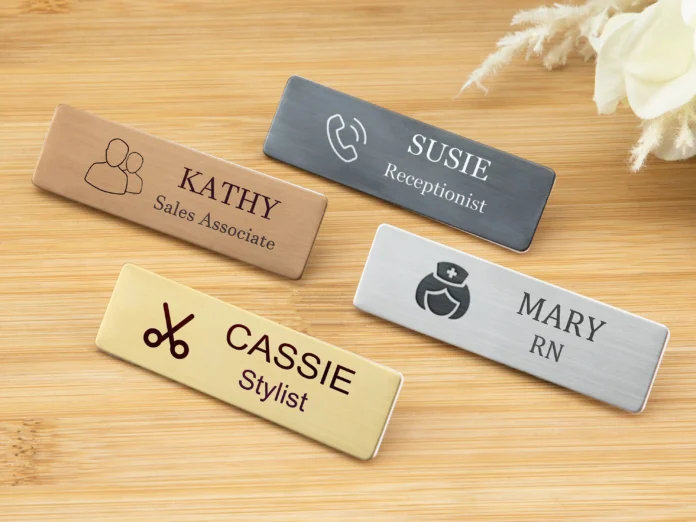
A well-designed customized name tag may make all the difference in creating a lasting first impression. A personalized name tag makes it easier for others to remember you and shows that you pay attention to detail and are professional, whether you’re going to a business meeting, conference, trade fair, or even a casual gathering. It is a strong networking tool, effortlessly breaking the ice and starting talks.
This article will go into 10 simple tips for creating a unique name tag that serves as more than just an identifying piece. With the help of these tips, you can design a name tag that will impact everyone who sees it, resulting in favorable interactions between you and others.
For custom Name Tags, you may visit the website: bestnamebadges.com
What Is A Name Tag?

A name tag or identity badge is a modest but important item of clothing that displays a person’s name and, frequently, their title or organization. These tags are frequently worn during occasions, conferences, business gatherings, and even in regular office settings.
Tags provide the practical benefits of helping people be recognized, facilitating communication, and creating a feeling of community. A well-designed personalized tag may leave a lasting impression and improve a person’s or business’s reputation, so they are more than simply essential accessories.
10 Tips For Designing A Name Tag
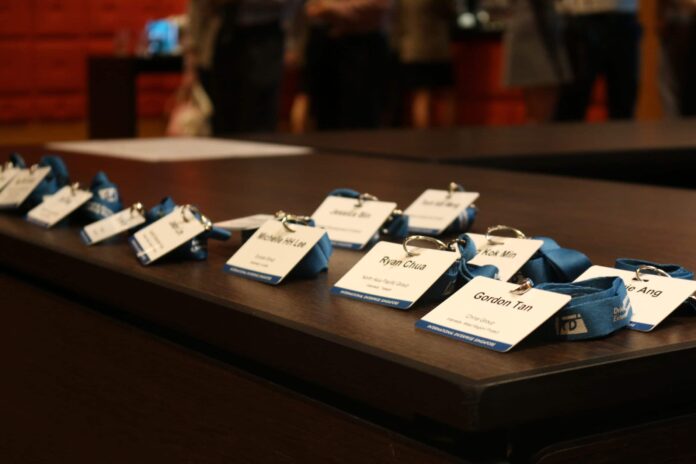
-
Keep It Simple
It’s important to keep the design of a name tag straightforward and clean. Avoid including unnecessary information that might take attention away from the tag’s main goal of identifying the person. The person’s name and any relevant title or affiliation should be included. Thanks to a simple, uncomplicated design, it is easy to see and doesn’t distract the observer with unnecessary details.
-
Legible Fonts
Ensuring the badge’s text can be read at a distance depends on selecting the right font. Especially sans-serif fonts like Arial, Helvetica, or Calibri; choose readable fonts that are straightforward and simple to read. Due to their clarity and modernity, these styles of fonts are ideal for badges. Avoid employing intricate styles or scripts that might be challenging to read, especially from a distance or an angle.
-
Appropriate Colors
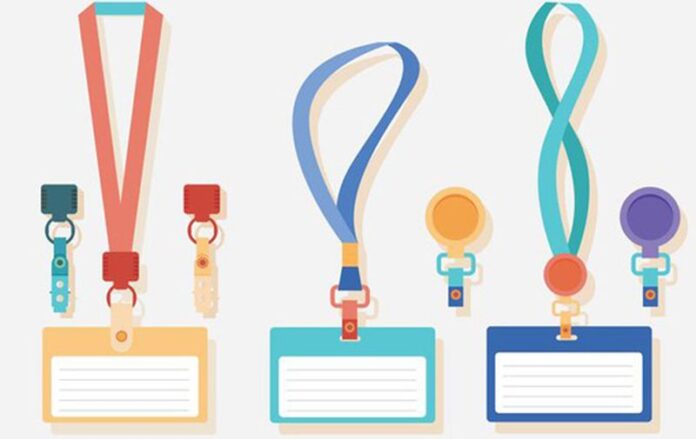
Colors have a big impact on how people see things and how they feel. When creating a custom badge, use hues that complement the wearer’s brand or the occasion’s theme. Include the brand’s colors if the name tag represents a business or group to strengthen brand identity. Additionally, ensure that the text and background colors contrast well enough for the information to be read.
-
Include A Logo Or Symbol
Consider placing a corporate logo or pertinent symbol on the name tag if appropriate. The symbol can help people recognize a company more strongly and give information about the wearer’s affinity. To avoid overpowering the person’s name, position the logo in a careful area or as a watermark in the backdrop. Using a symbol or emblem connected to the subject inject originality and visual appeal into name tags for conferences or events.
-
Choose The Right Material
The choice of material for the badge is essential for its longevity and visual appeal. Common materials for badges include plastic, metal, and paper. Plastic and metal tags are more durable and suitable for long-term use, making them ideal for employees or members of an organization. On the other hand, paper tags are more cost-effective and work well for short-term events or conferences. Additionally, consider the type of attachment, such as a pin, clip, lanyard, or magnetic backing, based on the wearer’s comfort and convenience.
-
Try Adding Social Media Accounts To Name Tags
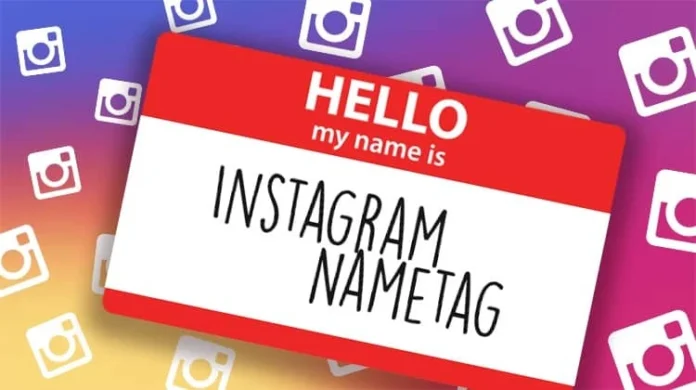
In the digital environment we live in, this might be a useful networking tactic. Including LinkedIn, Twitter, or Instagram accounts, if suitable for the occasion or environment, enables people to stay in touch after the event. However, ensure that including social media handles complements the event’s or organization’s formality and goal. LinkedIn handles are frequently more applicable in professional contexts than other social media sites.
-
Proofreading Is Important
Verify all the information, including names, titles, and affiliations, many times before printing a batch of personalized badge tags. Typos or inaccurate information can humiliate and damage the wearer’s and the organization’s credibility. Have many people checked the layout and content to find any errors that could have gone unnoticed?
-
Use Lanyards Or Clips
Take into account the ease and comfort of the badge’s attaching. Popular alternatives that enable the name tag to be worn around the neck or fastened to clothes include lanyards and clips. Those who would like not to pierce their clothing with pins may consider magnetic backings an alternative. The name tag attachment technique should firmly retain it in place to prevent repeated modifications or unintentional loss.
-
Test The Design

Make a sample tag and check it for readability and general visual appeal before creating the name tags in bulk. Ensure the logo location, text size, and colors fit well together and are legible from various angles and distances. Before final manufacturing, any necessary alterations may be made by testing the design.
-
Consider Versatility
Design badges that may be used in various scenarios without seeming out of place by keeping versatility in mind. An adaptable badge may be used repeatedly for various occasions and events, reducing expenses and waste. Create badges that can be customized with stickers or temporary inserts for several conferences or events with different attendance and information.
Conclusion
Creating a unique name tag may seem simple, but its effect on a person’s or an organization’s image is substantial. According to these simple tips, you may make name tags that are practical, attractive, and memorable. A professionally made name tag develops professionalism, makes a good first impression, and makes interactions easier.
Therefore, make it straightforward, readable, and consistent with your brand or event theme, whether planning a business event, a conference or simply giving your team members name tags.


![How to Design a Tiny Home [Step-by-Step Guide]](https://pmcaonline.org/wp-content/uploads/2024/01/Tiny-Home-Living-Area-218x150.webp)



